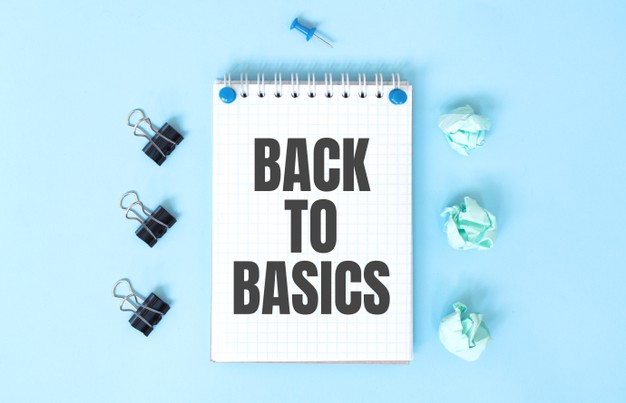
09 Jan Back-to-basics: On-page and Off-page SEO
Seo strategies essentially include the different measures taken by web designers and advertisers to make it easier for search engines to grasp what the new website is all about and the form of enterprise and content connected with it. The search engine algorithm is hierarchical in nature and secret from which the ranking of the website on the SERP is determined. In addition, analysts say that the search engine values the most creative, entertaining and important content. The correct SEO strategy shall contain considerations varying from the geographical position to the appropriate keyword in addition to the content of the website. SEO is a never-ending operation, and shifting patterns is an essential concern. Notice also – no organisation will guarantee the top spot of the SERP.
- ON-PAGE SEO provides keywords that encourage more users to visit the optimization techniques used in the content and code of the website. The different essential features of HTML coding are-
- Page title tag-This allows both the user and the search engine to recognise the content genre on a particular page. That is the main element of the HTML code screened by the crawler. This section occurs in blue text on the SER page. It is also rather necessary to include a fitting title to the web page that is applicable to one’s own company.
- Meta Summary-This is part of the HTML code where a short description of the company has to be presented. The definition of the Meta may be in the format of a sentence or phrase or might appear beneath the title of the organic results.
- Meta-Keywords -These keywords serve as the foundation of the elevated ranking in the SERPs. The right keyword included in an appropriate section of the HTML code has the highest probability of drawing future traffic to the website. Notice that loading the code with a large number of identical keywords is beyond Google’s specification.
- Image alt attribute-images are still a critical webpage. Optimizing the image filename and alt attribute allows Google Image Search to have a simpler time to grasp your images.
- Sitemap- Bots are incapable of t-index pages that cannot be crawled. So, site maps allow bots to know all the relevant pages on the website, to grasp the hierarchy of the website.
- OFF-PAGE SEO involves optimization methods which are not specifically connected to web pages and are targeted at growing the visibility of the website on numerous other channels.
- Joining Groups-Being part of the crowd and presenting your work will attract more users to your website.
- Social Media-Place links to social networking sites, such as Facebook and Twitter, on websites. It is also advisable to build web content or links on these social networks by utilising the contents and links of your own website. This would allow you to visit more users on your website which would definitely improve the website ’s ranking.
- Link Building-This is the method of allowing another website to view, show or share your site’s link or content. It lets the web browser realise that your page has top-notch resources worth mentioning.
Conclusion
Search Engine Optimization (SEO) is the different approaches used to improve location in Search Engine Results (SER). The calculation is very basic and clear; a higher ranking in SER implies more traffic and prospective buyers are attracted to your website. These 2 types of SEO; on-page and off-page, are both equally important and crucial in building and boosting your webpage’s ranking on Google.
For more information about SEO Malaysia, please visit https://seo.ericanfly.com/

